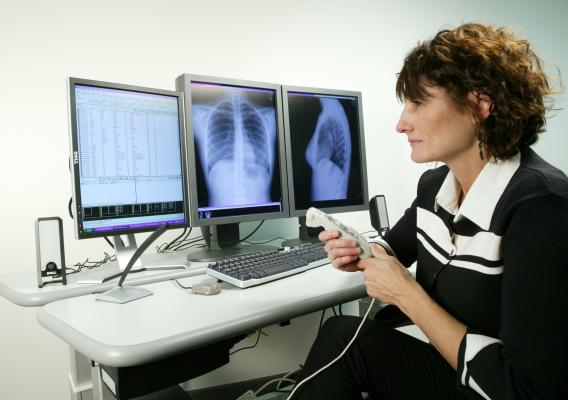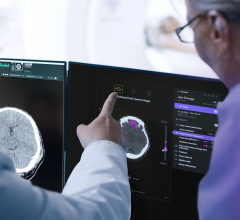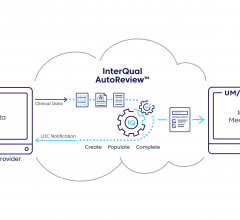
June 3, 2015 - Nuance Communications Inc. announced the general availability of PowerScribe 360 Reporting version 3.0, delivering the industry's first integrated computer-assisted reporting solution at the point of clinical documentation for radiologists. The PowerScribe 360 radiology reporting and communication platform enables radiologists to create higher quality reports supported by real-time, evidence-based clinical guidance using content developed by the American College of Radiology (ACR).
Coupled with quality check tools, PowerScribe preserves radiologists' natural workflow, and provides referring physicians and patients with more consistent recommendations following an exam. Nuance PowerScribe 360 Reporting 3.0 was tested in advance of its release by Albert Einstein Medical Center in Philadelphia, as well as The Mount Sinai Hospital − Mount Sinai St. Luke's and Mount Sinai Roosevelt in New York, and is now available for the broader radiology community.
"Having all of the recommendations embedded into PowerScribe adds tremendous value, and has the potential to dramatically improve radiology reports across the country," said Terence Matalon, M.D., chairman of the department of radiology, Einstein Healthcare Network. "The ease of inserting evidence-based guidelines into clinical documentation is unique in the marketplace, yielding a more consistent report based on patient outcomes. Having such guidelines one click away is a game changer and extremely helpful in managing and justifying decision making for patient care."
Radiology generalists review up to 100 imaging procedures per day; however, recommendations for follow-up imaging vary widely between radiologists, especially with incidental findings seen on patient images outside the primary reason a test was ordered. While nationally-accepted guidelines have been available to radiologists from industry associations such as the ACR, until now their use was limited because radiologists lacked a real-time interactive knowledge aid or means to incorporate guidelines into clinical documentation where and when the information was needed.
"PowerScribe 3.0 with Quality Guidance overcomes a big issue we have today, helping us make decisions based on clear guidelines no matter what we see on images in the course of a day. The support tool walks radiologists through ACR guidelines, delivering recommendations in standard language into the report," said Tarik Alkasab, M.D., Massachusetts General Hospital. "This delivers better reports so patients and physicians can make better decisions."
The software brings this real-time quality guidance into the radiologists' workflow by using the Nuance PowerShare Network's cloud technology to push updated clinical guidelines from the ACR to radiologists, automatically triggering clinical decision support (CDS) when they are creating reports. This reduces diagnosis time and provides radiologists with the certainty needed to deliver consistent, evidence-based recommendations more efficiently.
Additional features include:
- Streamlined longitudinal viewing - PowerScribe 360 facilitates the communication and tracking of changes in patient data, such as characteristics of lesions and tumors over time, and supports presentation of patient radiation dosing through easy-to-use tables;
- Improved access to prior studies - Rapid access to images from prior studies improves patient care and reduces unnecessary and redundant exams;
- Expedited report version comparisons - New report comparison enables quick and easy identification of changes between subsequent versions of radiology reports, which improves resident training and allows administrators to easily assess report quality;
- Award-winning speech recognition - Incorporates the Nuance Dragon Medical speech recognition engine, delivering speech accuracy of up to 99 percent.
The new software was demonstrated at the Society of Imaging Informatics in Medicine (SIIM) 2015 annual meeting, May 28-30 in Washington, D.C.
For more information: www.nuance.com


 March 06, 2024
March 06, 2024 








